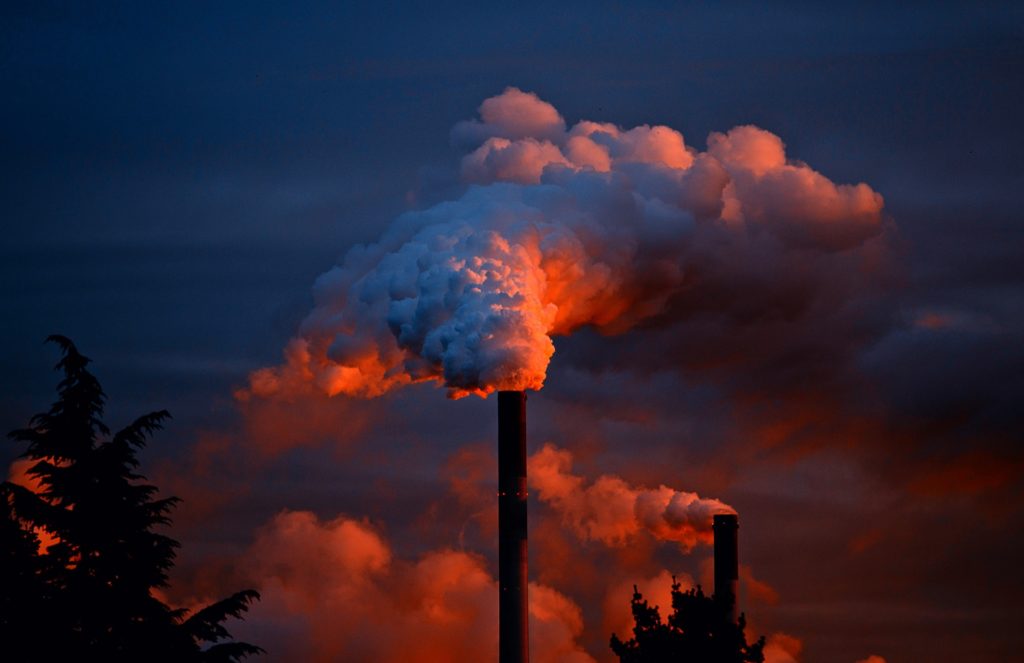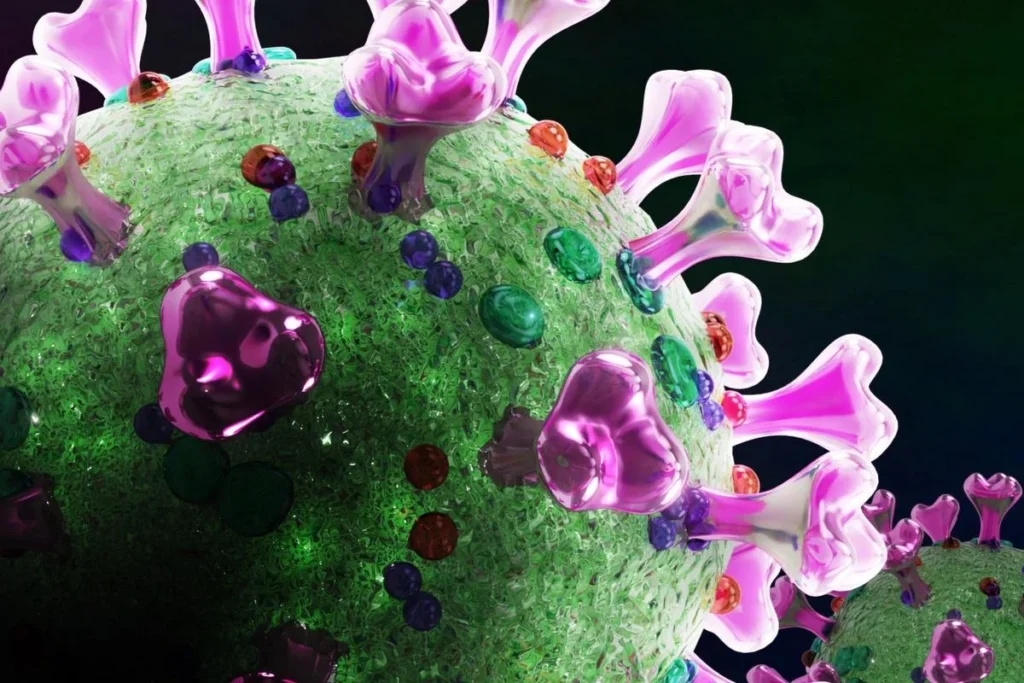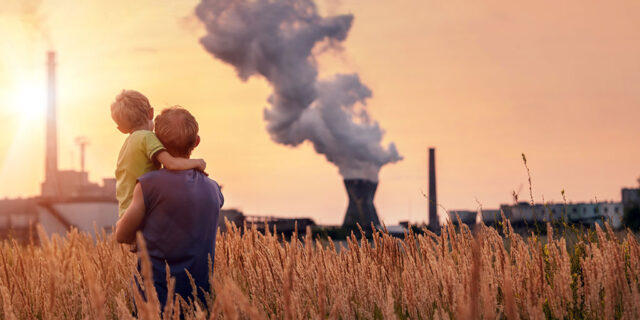The introduction of waste into our environment has serious consequences on not only the environment but also our overall health. Poor air quality resulting from air pollution is a particularly serious issue and arguably the biggest environmental risk in developed and highly industrialized countries. In this article, we will look at the impact poor air quality and pollution has on our health, both in the short term and throughout our lifetimes.
Early Childhood Development
Pregnancy and early childhood are critical times for the proper development of various systems in our bodies. These are the times when rapid changes and growth take place, meaning the processes that make this happen are particularly sensitive to pollutants.
Factors that impact these stages of growth have significant repercussions on our health right from conception until old age. Take a pollutant such as ethylene oxide. Ethyl oxide causes, among other things, miscarriages, birth defects, and stillbirths that impact pregnancies and fetus development.
It is for this reason that law firms sue companies on behalf of clients for exposure to these and other toxic chemicals. People who join the Sterigenics lawsuit, for example, have had these issues which further cements why we should take such pollutants seriously.
Besides all the complications air pollutants can cause during pregnancy, they can also cause low birth weight. Babies who are born with low weight have a higher mortality rate, and a higher risk of developing childhood health complications that can be an issue the whole of their lives.
Lung Function Development and Decline

Exposure to pollutants can also have a significant negative effect on the development and performance of our lungs. Normal lung development processes in children are at a particularly high risk as they are still developing. A common issue is decreased lung capacity throughout one’s life due to the halting of or interference with the development of the lungs, their function, and performance.
Asthma
Asthma is a long-term chronic inflammatory condition that affects the airways to the lungs. It is characterized by chest tightness, coughing, shortness of breath, and wheezing. There is increasing evidence that air pollution could play a role in the development of asthma, especially in children.
There are other causes of asthma and air pollution that can make the manifestation and symptoms of this respiratory condition worse. This is especially true for particulate pollutants that irritate the airway and lungs leading to a cascade of events that results in asthmatic attacks. Other stressors that can cause asthma include viral infections, which those exposed to air pollution are more susceptible to, and exposure to allergens.
Chronic Obstructive Pulmonary Disease (COPD)

Chronic obstructive pulmonary disease (COPD) is the name given to lung diseases that cause lung and airway inflammation. The main difference between COPD and asthma is that, even though both are airway conditions that cause inflammation, asthma is triggered by things one is sensitive or allergic to while COPD can be caused by different things.
The two most common COPDs are chronic bronchitis and emphysema, both of which can be caused by pollutants. Both typically occur together, and they can lead to serious complications if untreated.
Chronic bronchitis is the inflammation of the lining of the tubes that carry air to the lungs called bronchial tubes. Emphysema happens when the alveoli, the small sacs in your lungs responsible for carbon dioxide and oxygen exchange, are damaged and get inflamed.
The damage and inflammation are typically caused by cigarette smoke as well as particulate matter and irritating gasses as happens in places with a lot of air pollution.
Cardiovascular Disease
There is enough research that links short- and long-term air pollution exposure to cardiovascular disease (CVD). According to the Committee on the Medical Effects of Air Pollutants, air pollution can contribute to the development of CVD and make it worse in those who have it. The study they did shows the mechanisms of air pollution that lead to poor cardiovascular health and how they impact cardiovascular morbidity.
Higher risks of myocardial infarction (heart attacks), heart failure, stroke, and abnormal heart rhythms (arrhythmias) are also associated with both short and long-term exposure to air pollutants. This is especially problematic in people already susceptible to these conditions including those with pre-existing respiratory and cardiovascular conditions.
One area of study that is still incomplete is whether childhood exposure to air pollutants can lead to the development of CVD in adulthood. However, because this type of exposure leads to other conditions in adulthood, this is an area scientists and researchers are keeping an eye on.
Cancer

There is also a lot of strong evidence that links exposure to air pollution to lung cancer and other types of cancer. The International Agency for Research on Cancer has classified particulate matter and outdoor pollution in general as carcinogenic.
Although there is very strong evidence for this link in adults, there is not enough evidence on data related to children. However, the World Health Organization recognizes that cancer can take a long time to develop after exposure, which means long-term studies might find a link between childhood exposure to various air pollutants to lung and other types of cancer.
Increases Susceptibility to Infections
We have already explored the fact that air pollutants can interfere with the development of the lungs in children. This stunted development means weaker lungs that are more susceptible to various types of infections, especially bacterial and coral infections.
These infections can lead to the COPDs we discussed above or even serious acute illnesses such as pneumonia which can be very serious, especially in cases where children do not have immediate access to good healthcare.

Premature Death
The “Great Smog of London” is a historic event that took place in December 1952. The event was caused by several phenomena combining at the worst time possible leading to the accumulation of pollutants in the London air mainly from the burning of coal. The event caused about 12000 fatalities in the four days it happened.
We are seeing similar events happening in cities around the world, especially in Asia. If these issues are not rectified soon, we might have a “Great Fog” event in another city soon.
Air pollution is a very serious issue that is not taken as seriously as other types of pollution. We have enough evidence to show the short and long-term effects of it, and its devastating effects are why we should start taking it a lot more seriously.



